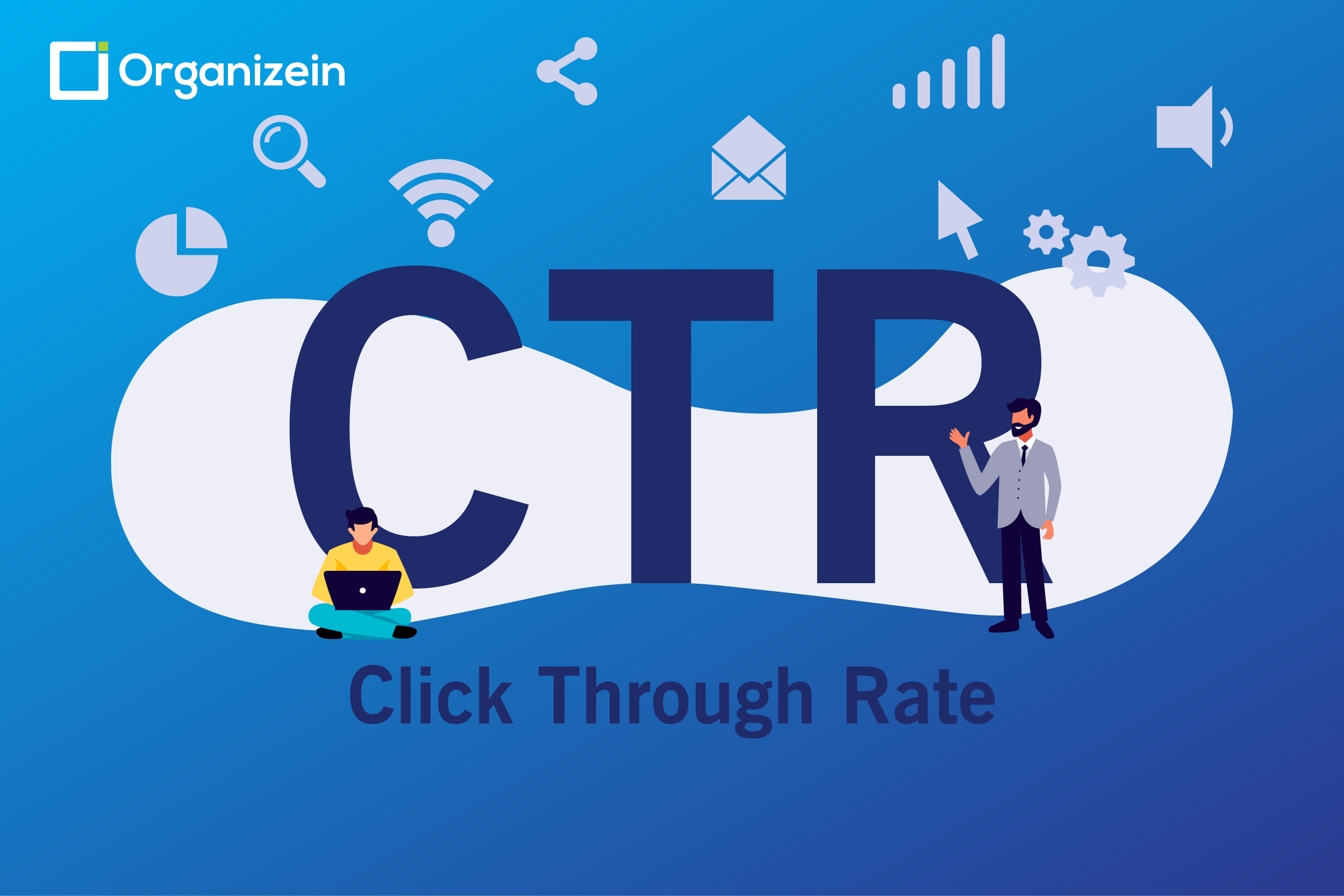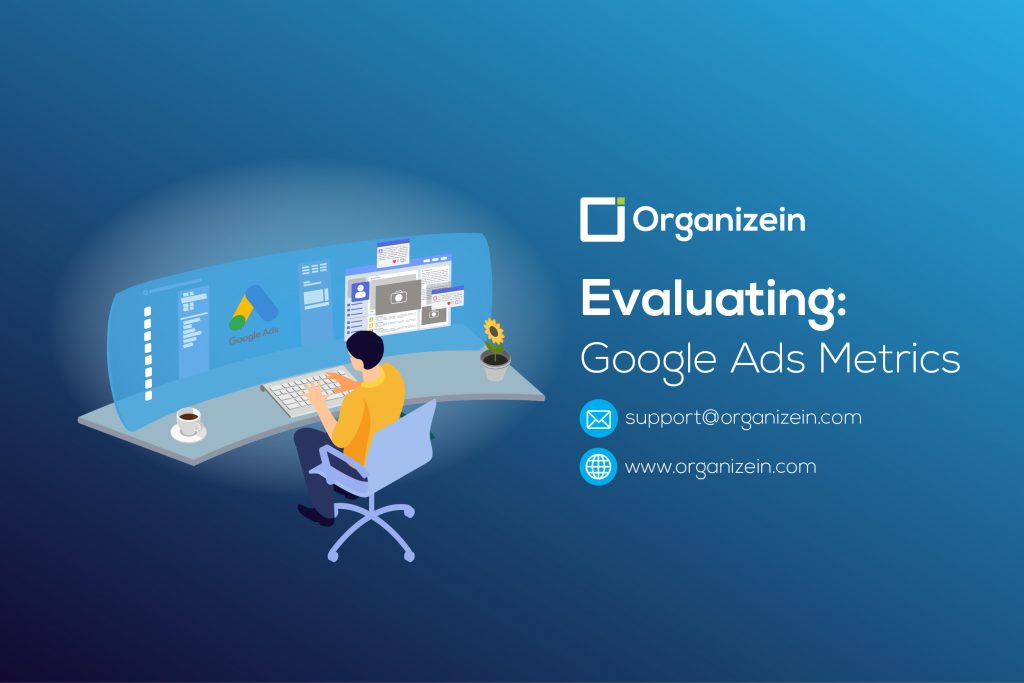The digital marketing landscape is becoming vast day by day with the introduction of new trends and forms. The space includes various marketing forms such as email marketing, social media marketing, and content marketing. One of the most preferred amongst these is search engine marketing. Under this, businesses aim for ranking their websites amongst top search results on search engines such as Google. The main idea behind the technique is to attract traffic towards your website and could result in conversions and more sales. Thus optimizing your website for organic search results remains the priority in this type of marketing. But the websites not fulfilling all the SEO standards in the best possible way still stand a chance to place themselves high on the search results page. This is done through a paid service known as Google Ads.
Google ads and PPC campaign- A brief introduction
Google ads formerly known as AdWords is a paid marketing service offered by Google. In this, your website is ranked on the top of search engine results. They are also marked as advertisements to inform the searchers that it is a paid service. The process runs on a pay-per-click basis where the particular business pays Google every time someone on the web clicks on their advertised website while searching answers for a query.
Google quickly scans its vast database to select the relevant ad as soon as a person searches for something on Google. The positioning of your ad depends on the price you are ready to pay to Google every time a user clicks through your website. Higher the bid, better is the position.
Google ads are also placed in the form of relevant advertisements on often visited websites such as Facebook. These are known as display ads and are placed according to your searches on Google.
Regularly monitor Google ads
Simply paying money to Google for displaying your advertisement is a wastage of finances. These ads need to be consistently analyzed for optimizing them according to the searchers’ needs. Regular monitoring and evaluation play key roles in the effect created on the public.
Experts in the marketing field often have varying opinions on the way of managing them. Some prefer not to touch them a lot and give them time. While the other experts in the field suggest changes such as price paid, advertisement copy, or keywords used on a periodic basis. One can change the ad copy and run a thorough check of the landing website once in a month. You can alter the bidding piece and conduct keyword research more often than the former.
Additionally, one needs to analyze various marketing metrics to optimize Google Ads. Let us look at the most important metrics marketers should consider while putting advertisements on Google. These metrics will help you measure the effectiveness of your PPC campaign.
Clickthrough Rate (CTR)
 Clickthrough Rate signifies how many internet users have seen your advertisement and clicked on it after finding it appealing. This metric can be a bit tricky when you closely look at its course of action. While talking about Search Engine Marketing, we often talk about putting specific keywords in your content. But for the websites which do not infiltrate their keywords and include a broad irrelevant set of keywords can often manage to gain higher CTR.
Clickthrough Rate signifies how many internet users have seen your advertisement and clicked on it after finding it appealing. This metric can be a bit tricky when you closely look at its course of action. While talking about Search Engine Marketing, we often talk about putting specific keywords in your content. But for the websites which do not infiltrate their keywords and include a broad irrelevant set of keywords can often manage to gain higher CTR.
Let us take an example to understand this better. Take a website A that has recently published a recipe for chocolate truffle cake. They could have marked “chocolate truffle cake” as a targeted keyword. Another website B that has also published a recipe for the same cake has additionally mentioned “chocolate fudge cake” as one of their keywords though it is not related to the content. Hence the website B might be able to extract more traffic by putting their ad in front of those who came looking for a fudge cake recipe.
Hence CTR is always not the better parameter to measure the effectiveness of your ad on Google.
Quality score

This metric tells you the quality of your ads based on the keywords on a scale of 1-10. A score is assigned to each keyword on the basis of the CTR, ad relevance, and landing page experience. The quality score determines the position of your ad. A good quality score means that your advertisement and the associated landing pages are found relevant to the people. Marketers should regularly monitor their quality scores, work on the ad copy, and landing page experience. Aim for quality scores between 7-10.
Conversion rate

It is one of the most important metrics to take into account for analyzing the impact of your advertising drive. It gives the number of conversions made by users once they click through your site. This parameter tells you the effectiveness of your landing pages and if you are using the right keywords. This also makes you aware if you are targeting the right set of audience.
The conversion rate often depends on the course of action desired by the particular website. A website asking people to subscribe to their free newsletter is likely to get more conversions than one asking people to sign up for paid services.
Impression share

This is the number of times your ad is being shown on Google as compared to total available ad impressions for the targeted keywords. For instance, if there are 100 searches for one of your targeted keywords and your ad is displayed for 93 of them, then your impression share would be 93%. An ideal impression share for advertisements of Google is higher than 95%. There can be different reasons for low impression share for your advertisements. These include low bidding price or less relevance to the customers.
Cost per click (CPC) and Returns on Advertising Spent (ROAS) are other metrics to take into account. Close tracking of these can help you determine the success rate of your advertising campaign. There are thousands of metrics for Google Ads but only a few are the most important.
